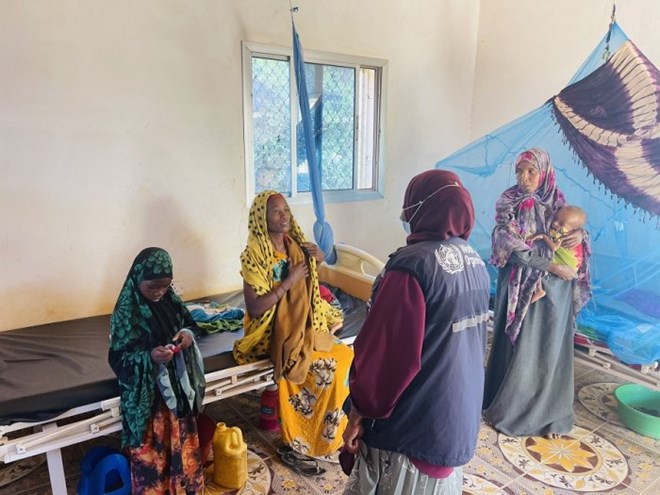World Malaria Day will be observed on April 25, 2022, with the theme “Harness innovation to lower the malaria disease burden and save lives.” Recognizing that the world need a variety of tactics and instruments to reduce malaria prevalence, WHO is calling for investments and innovation to bring innovative vector control approaches, diagnostics, antimalarial drugs, and other tools to the market.
Somalia has a high prevalence of the disease.
Malaria is endemic throughout Somalia, especially in the south and central sections of the country. Due to the influence of climate change, the country confirmed 8101 malaria cases and 2 associated deaths in 2021, a significant decrease from 31 021, 22 665, and 27 333 cases and deaths in 2018, 2019, and 2020, respectively.
The national malaria programme in Somalia did not observe any significant negative impact on malaria activities in 2020 due to the COVID-19 pandemic – the programme ran 253 172, 217 206, 337 965 and 295 475 malaria tests in 2018, 2019, 2020 and 2021, respectively. Despite this, joint urgent action is required to meet the 2030 targets outlined in the WHO global malaria strategy.
Malaria control
The malaria control programme in Somalia relies on early testing and identification of cases, effective case management using the right anti-malarial drugs, and distribution of insecticide-treated bed nets and indoor residual spraying (IRS) for preventing mosquito bites.
In Bossaso, 52-year-old Sahra Yusuf Ali, had a headache, fever, vomiting and joint pain. On visiting a local health facility, she was diagnosed with malaria after she took a rapid diagnostic test.
Sahra expressed her gratitude to the Ministry of Health, UNICEF and WHO, and the Global Fund to Fight AIDS, Tuberculosis and Malaria (GFATM) for their support to health facilities. It was thanks to their support that Sahra could get tested and treated with antimalarial drugs. After her experience, Sahra requests Somali communities to clean all sources of mosquitoes, use insecticide-treated nets and get tested as soon as they have symptoms of malaria, to avoid complications.
Acknowledging the support that partners have lent malaria reduction efforts, Dr Mamunur Malik, WHO Representative said, “We would like to thank the federal and state governments of Somalia, UNICEF, the GFATM and other partners for their collaboration in controlling and eliminating malaria. In line with the theme for World Malaria Day this year though, we collectively need to think critically about how to use innovative approaches and tools to test for malaria and prevent any additional cases of malaria.”
The Federal Government of Somalia, in collaboration with WHO Somalia and partners, have developed ‘*Guidelines for the Diagnoses and Treatment of Malaria in the Somali Context 2016’* to help health personnel manage malaria cases and identify symptoms in a timely manner. They have also introduced malaria elimination activities in targeted districts.
Modifying berkits to reduce larva in Bossaso
In 2017, the national malaria control programme conducted an assessment to determine the main factors contributing to the malaria burden in Somalia. This assessment found that manmade berkits or well-like containers used to store water, made of mud or cement, accounted for 89% of breeding sites for mosquitoes.
Additionally, the malaria control programmes in Puntland and Somaliland found that the *Anopheles stephensi *vector found in Bossaso in 2019 and in Berbera and Hargeisa in 2020 were breeding in the *berkits, *which shows the malaria burden in Somalia has been magnified due to this method of water storage.
As next steps, in January 2021, the national malaria control programme, with support from WHO and funding from GFATM through UNICEF, implemented a pilot project as a larval source management effort, to modify 200 *berkits in Bossaso, *which are ubiquitous due to the limited piped water supply in the city. The programme covered the sides of the containers permanently to shield stagnant water from mosquitoes.
After 12 months of the project, between December 2021 and January 2022, an assessment was conducted in 132 households in two locations in Bossaso city, one where *berkits *had been modified, and another where no modifications were made. A screening conducted in both districts noted a four-fold reduction in malaria positivity rate in the district where *berkits *had been modified to keep mosquitoes out.
Noting this success, this assessment recommended that this larval source management intervention should be extended to other villages and cities affected by malaria.

